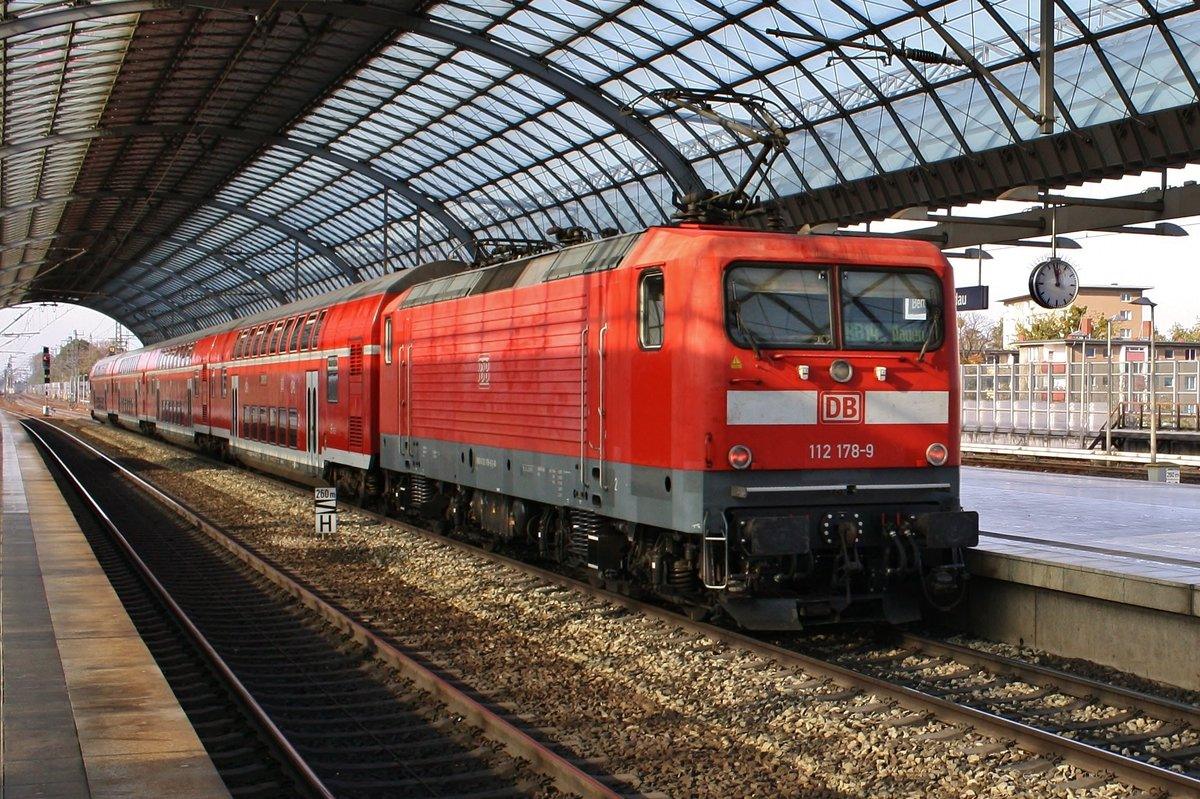Exploring Spandau: A Cultural and Historical Overview

Introduction to Spandau
Spandau, one of the twelve districts of Berlin, Germany, holds both historical significance and cultural richness that captures the essence of the capital city. Known for its impressive fortress and picturesque landscapes along the River Havel, Spandau has evolved from a fortified town to a vibrant urban area that attracts both locals and tourists. Its relevance today is marked by ongoing urban development while maintaining its historical roots, making it a fascinating subject for exploration.
Historical Significance of Spandau
Founded in the 13th century, Spandau was primarily established as a fortified settlement. The Spandau Citadel, built between 1432 and 1490, served as one of the most important military structures in the region and was a key part of the city’s defence against invasions. The citadel is a UNESCO World Heritage site and showcases Renaissance architecture, drawing historians and architecture enthusiasts alike.
In addition to its fortress, Spandau also played a significant role during the Cold War. The area became known for the Spandau Prison, where high-profile Nazi leaders were incarcerated after World War II. The prison became a symbol of the division in Germany and has left a lasting legacy that is still discussed in historical contexts today.
Modern Spandau: Culture and Community
Today, Spandau is a blend of old and new, with its rich history coexisting alongside modern infrastructures and developments. The district features numerous parks, shopping centres like the Spandau Arcaden, and cultural institutions such as the Spandau Cultural Centre, which offers theatre, music and various community events. Furthermore, Spandau is home to several festivals throughout the year, promoting local culture and fostering community spirit.
The residential areas of Spandau have seen an influx of new residents attracted by the relatively affordable housing compared to central Berlin, leading to demographic shifts and a dynamic community atmosphere.
Conclusion
Spandau represents a unique intersection of history and modernity within Berlin. Its rich past, characterized by military significance and architectural marvels, combined with its vibrant contemporary lifestyle, makes it an essential district to understand the complexities of Berlin as a whole. As urban development progresses, the challenge remains to preserve the historical essence while accommodating growth. As such, Spandau is poised to continue its evolution as a vital part of Berlin’s identity, appealing to those interested in both its storied past and promising future.
